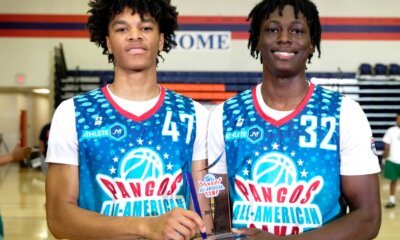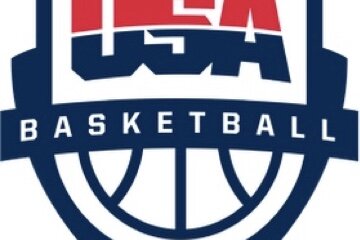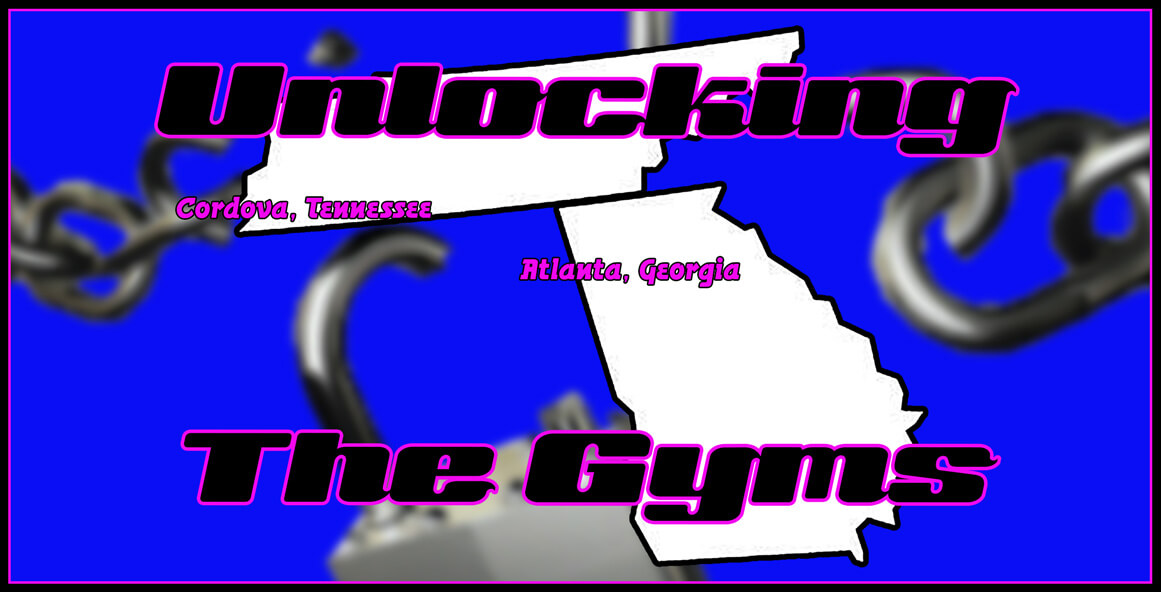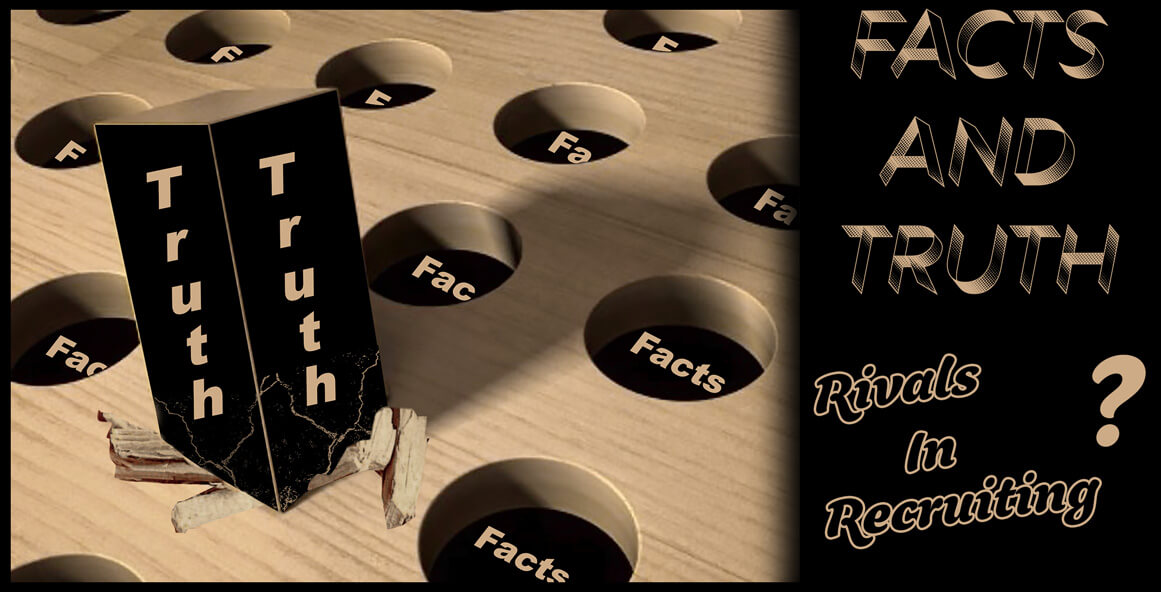
A while back I wrote about some pending changes in the current recruiting communication structure that would have personal ramifications for prospects and their families as well as college recruiters. As the July NCAA evaluation period approaches I thought I would revisit another change sure to impact prospective student athletes and the opportunities they may have for exposure.
Many years ago the summer calendar was the entire month of July plus several AAU National Championships that were “exempt” and ran the last part of June or the first week of August. From there we moved to the recent format cutting back from at least 31 days to the 10 – 5 – 10 protocol providing 20 total days for evaluation with a five day break in-between each 10 day period. Now, this summer, we continue the evaluation period “gastric by-pass procedure” with Division I coaches hitting the road for a grand total of just 14 days.
It would be inaccurate to simply say there are now fewer opportunities than there have been in the past. The recent changes also included a second non-scholastic evaluation weekend in the spring (beginning next year) and also increased the permissible number of recruiting person days from 100 to 112 during the academic year. And yes, now four coaches can pack their bags simultaneously but not until after August 1st of the current recruiting calendar.
If you look at it solely from a mathematical stand point it would seem the tradeoff of adding days in the academic year compensates for the July reduction. In reality it’s the equivalent of trading a fleet of Cadillac Escalades for one of Toyota Priuses. You may have the same number of cars or even more, but seriously…it’s not remotely the same thing. The numbers may be in your favor but the gains don’t outweigh the losses. The club basketball scene provides extensive evaluation opportunities on a daily basis while a day in the academic year is limited more than carryon luggage on Delta.
Let’s take an average July evaluation day and do some math. With games starting at eight in the morning and the last game required by the NCAA to tip off prior to ten in the evening, there’s plenty of opportunities to check out the talent. Using 1:15 time slots you can squeeze 12 games in as a recruiter and with multiple courts utilized in most every event, it’s like shopping at Costco rather than the 7-Eleven. Of course not every team, on every court, in every time slot will offer up the talent level, prospects or positions a college program is looking for to fill their current and future needs. At least the odds are better than an average day in the gym during the academic year. Sticking with the 7-Eleven analogy, if the summer and club ball is a Big Gulp then the regular season is a 5-Hour Energy Shot.
Yes, regular season tournaments will provide plenty of single day, multi-game scenarios like the summer but keep in mind that they’re usually limited to tip off, holiday or MLK events. And don’t forget the caveat that the college coaches are in the midst of their own playing season and occasionally like to drop in the team and players that they know and love. In any case, those tournaments were already a staple on a recruiter’s calendar. The “additional” days added will be utilized in a fashion that will provide far fewer evaluation opportunities for the college folks and even less chances for exposure for the players themselves.
The players taking the biggest hit in this shift of evaluation “assets” won’t be the top tier prospects, no brainers and second comings of Griner, Parker, Catchings and Taurasi. The players hoping to add to their list of options, improve the level of programs in the mix or simply generate any interest at all will take a backseat to babysitting and the paranoia that keeps recruiters up at night. Rest assured that the top players on current recruiting lists will be getting their maximum number of evaluations as will the top names on each class list all the way down to eighth graders. When you start the actual subtraction process that increased number of days will disappear quicker than Manti Teo’s girlfriend did last fall.
What July evaluation days and club basketball provide are residual opportunities. Regardless of “why” or “who” a recruiter is in the gym to see, they’re going to see teammates and opponents. In multi-court facilities they’re going to see the action on the court next to them out of the corner of their eye and catch other teams when they arrive early or stay late. When you have 10 or 12 time slots in a day there will be opportunities to “window shop” other courts and gyms when priority prospects, power programs or regional teams are not in action. You never hear a good recruiter say “I don’t have a game”. There are always other games to watch and potential recruits who might convince them to commit to a second look. Unless, of course, the NCAA cuts back on those premium opportunities in July…Oh yeah, they did…Sorry kids.
Those with the continued intent of shrinking the summer evaluation period have embraced an agenda that doesn’t prioritize putting the majority of hopeful athletes first. Nor do they see the necessity and need of college programs that have to swim a little deeper in the talent pool, evaluate more extensively and rely on outworking their big budget peers. Anyone equating the possibilities of a 14 hour summer evaluation day with those of a single 32 minute high school game should immediately send their resume’ to Washington, D.C. Not only is it their kind of math, it’s the same insult to common sense that keeps coming from the decision makers…political and athletic.
It would be impossible to argue that club basketball doesn’t have legitimate issues and still appear to be even remotely sane. At the same time, despite the extensive flaws and the ever-changing calendar, its how a lot of talented athletes got the exposure and options that led to a good fit, achieved potential and a lifetime of experiences. A young, underexposed or even unknown athlete’s odds of making a splash are better in a big pool than they are in the inflatable version from Walmart
Mark Lewis is a national evaluator and photographer for Blue Star Basketball as well as the lead columnist for Blue Star Media. Twice ranked as one of the top 25 Division I assistant coaches in the game by the Women's Basketball Coaches Association (WBCA), he logged 25 years of college coaching experience at Memphis State, Cincinnati, Arizona State, Western Kentucky and Washington State. Lewis serves as a member of the prestigious McDonald’s All-American selection committee as well as the Naismith College Player and Coach of the Year committees.

Latest Articles
-


Christopher Lawlor
/ 9 hours agoSTARS SHINE: Diop, Hudson earn Co-MVPs at 23rd Pangos All-American Camp in Las Vegas
LAS VEGAS – The Pangos All-American Camp did not disappoint. For three days the...
-


Christopher Lawlor
/ 2 days ago23rd Pangos All-American Camp tips off in Las Vegas with nation’s elite players congregating for national showcase event
LAS VEGAS – The summer circuit is nearly two months old but it really...
-


Christopher Lawlor
/ 7 days agoU16 USA Women’s Basketball National Team roster selected for 2025 FIBA AmeriCup in Mexico from June 16-22
COLORADO SPRINGS, Colo. — USA Basketball announced today the 2025 USA Women’s U16 National...
-
Christopher Lawlor
/ 7 days agoU16 USA Men’s Basketball National Team roster chosen for 2025 FIBA AmeriCup next week in Juarez, Mexico
COLORADO SPRINGS, Colo. – The team is set and now for the games South...




